As the election day draws nearer in California, giant agribusiness companies like Monsanto and Dow and Con Agra are spending $1 MILLION per day in advertising to campaign against Prop 37. I don’t live in Cali, but I’ve got friends who do. According to them, all the airwaves are flooded with ads casting doubt on Prop 37. You can’t turn on the television or radio without hearing something objecting to Prop 37.
As with all such campaigns for public opinion, marketing and advertising matter much more than you might think. Despite the fact that poll after poll shows that 91% of the public would want to know if they were eating GMOs, a guaranteed majority may not be voting in favor of requiring GMO ingredients to be labeled on food!
Why is that? How can an expensive ad campaign sway people against voting for something they obviously want? Spin, deceptive arguments, and lies. That’s how. So, let’s take a look at some of the objections to Prop 37 and see what we find.
#1 — It will cost consumers a lot of money.
The anti Prop 37 campaign funded a study to see just how much this new labeling law would cost consumers. Their conclusion? A whopping $400 per year increase for a typical family!
In this economy, that kind of financial decision is just plain stupid. No wonder people are backing down from supporting Prop 37. Is it fair to mandate that kind of extra cost on all consumers just to support your desire for labeling? Particularly when concerned consumers can already opt out of buying GMO foods simply by buying certified Organic food?
Yet here’s what those ads aren’t telling you. The Vote Yes on Prop 37 campaign also funded their own study on how much this new labeling law would cost consumers. Their conclusion? A paltry 73 cents per consumer per year.
What on earth could explain the disparity?
Well, it turns out that the bulk of the $400 increase comes not from labeling changes, but from companies reformulating all their processed foods to include non GMO ingredients!
Think about it. Prop 37 does not require additional labeling. It just requires the ingredients on the already existing ingredient label specify whether the ingredients are derived from GMOs. Did food prices noticeably skyrocket by $400 per family in 1993 when food manufacturers had to begin including the amount of saturated fat on nutrition labels? Or in 2004 when food labels began requiring a warning if the product was made in the same facility where allergens such nuts, wheat or soy are processed? Or how about in 2006, when the law began requiring they change their nutrition label to include amount of trans fats?
Of course not. It is simply not that expensive to add an extra line to an already existing label.
(On a side note, isn’t it interesting that these food companies think that labeling GMOs will require them to stop using GMOs?)
#2 — It will lead to more unnecessary lawsuits.
As it stands now, when a food is mislabeled and this leads to some sort of health problem or other damages, the consumer can take legal action against the company responsible for mislabeling the food. This will not change.
Yet opponents of Prop 37 point to how Prop 65 caused lawsuit abuse to run rampant and fear that Prop 37 will do the same.
Well, guess what? Prop 65 actually had additional incentives for lawsuits written into the legislation (25% of winnings would go to the lawyers). Prop 37 has no such extra provisions. Rather, the exact same rules that protect consumers against improper labeling right now are the ones that will be used to enforce Prop 37.
How will this lead to extra lawsuit abuse? It won’t.
#3 — It’s poorly drafted. Just look at all the weird exceptions!
Good questions! Misleading, but good!
Why do I say misleading? Because they make it look like these exemptions are illogical, or have no purpose. They say these exemptions make the law poorly drafted.
On the contrary, these exemptions make the law exceptionally well drafted, as they help the law comply with federal laws and the California Constitution.
Click on the infographic below for a larger pic with explanations.
#4 — We don’t need it.
If consumers want to know they’re buying GMO-free foods, they can already buy certified Organic or GMO-free foods. These third party verifications will make sure that consumers don’t buy foods with GMO ingredients.
So, the opposition asks, why should we push this legislation forward when consumers already have a way of opting out?
But what if consumers don’t care about buying GMO-free foods yet? What if they just want to know what’s in their food?
As it stands now, there is absolutely no way to connect the dots between your health and whether or not you consume GMOs. We have no way of knowing if your baby’s reaction to that infant formula was because it contained soy, or because that soy was GMO soy. We have no way of knowing if your allergic reaction to corn tortilla chips was because you’re allergic to corn, or because those chips contained GMO corn.
Don’t you think you have a right to know what’s in your food?
 |

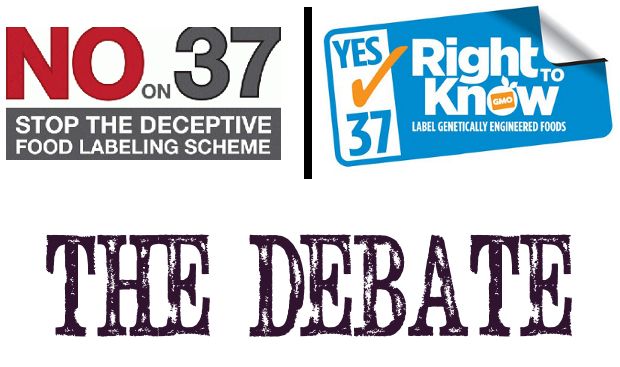

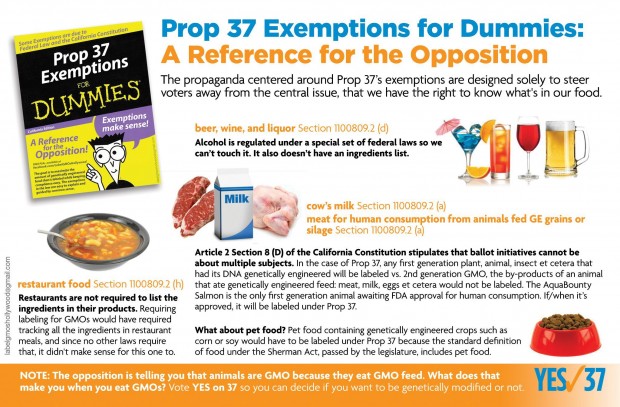




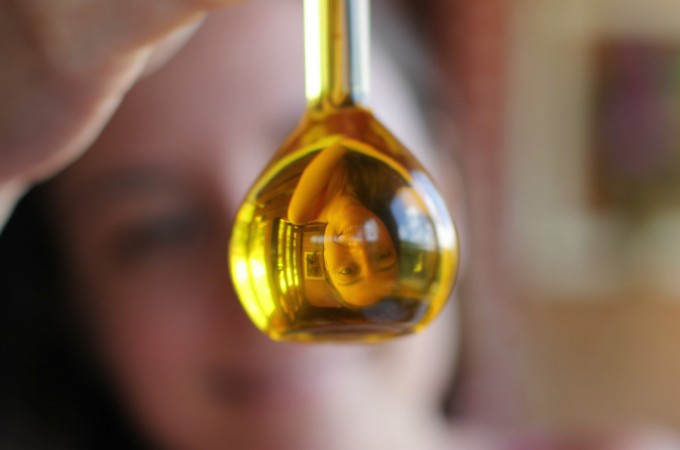

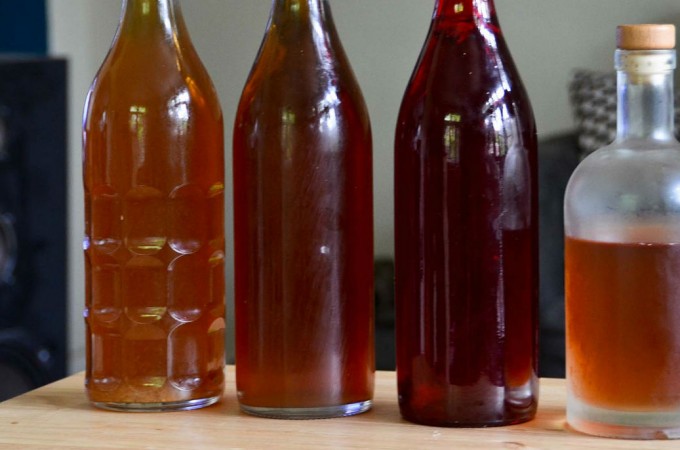

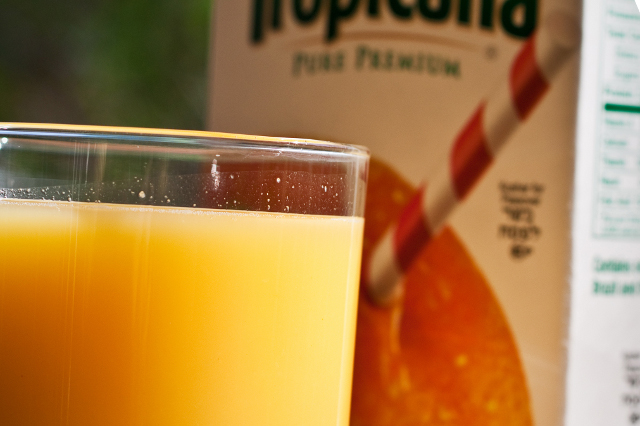






Excellent!
Thank you, Kristen, for posting this.
We are in California and people are really getting swayed by the opposition’s ads. I rarely watch TV, and when I do, it’s typically Netflix or Tivo, so I am not seeing too many of the commercials. But I know most people are seeing them.
I really hope that Prop 37 passes and I’m doing everything I can to help. We’re going downtown to a protest Wednesday morning.
If this passes, it will change everything!
At some point you’d think the $1million a day investment opposing Prop 37 would push food prices up.
Exactly!
Maybe not. Maybe it’s just like the pharmaceutical industry. Big food industries have extra billions to play with to pay off, certify and secure just about any extra expenditure that comes against them. What do the small farmers have??
Food Renegade, you are awesome. Thank you so much for blogging this. I am going to share it with as many people as I can! I don’t live in California, and it is KILLING me having to watch this EXTREMELY IMPORTANT ISSUE get trashed by huge companies who are only interested in money and world domination.
Thank you so much for this – the first objection myth (added costs to consumers) is a sly, sneaky one coming from big corporate ag. I’m glad I know the truth to that now!
I don’t live in California, but I wish I could vote yes.
Gosh, I’m troubled by all this. I LOVE organic, sustainable farming and support it in every way I can. However, have a look at what Joel Salatin says on this issue. Maybe someone else has already brought this up. Do we REALLY think the government can help get better food on our table?? Whenever they’ve come on board with our desire for cleaner, healthier food they just botched it up in their desire to appease big food corp. Read what our wonderful friend Joel Salatin says here: http://flavormagazinevirginia.com/rebel-gmolabeling/
Oh, I’m with Joel, to a point. In my heart, I’m a Libertarian. So, in general, I agree that we can’t really get the government to help us get better food on our table.
BUT, in my way of thinking, that’s NOT what Prop 37 is about. Prop 37 is about enabling consumers to know what’s in their food. The rest is up to the consumers: to buy GMOs, not buy them, demand change, etc. In that way, it’s a very Libertarian law since it’s not entrusting change to the government, but to informed consumers.
The government already determines what is or isn’t on your plate. This is done not by Obama or some politico scheming alone in their office, but hand in hand with corporations – a reality that has been going on since before the Great Depression. In fact, corporate-government collusion in taking over American food is part of what caused the Great Depression. If you don’t get involved as an active consumer and citizen in demanding the type of food system you want to see, then you leave that choice to corporations and the government.
The piece is mostly an attack on the Food Control Act and on the whole government regulatory regime. Of course I’m with him 100% there. But he’s extending the anti-regulation part of his analysisto things to which it doesn’t apply, merely because the government’s involved at all. Here’s the straw man: “But is asking for more government involvement in food, via labeling laws, the best approach?” The fact is we already have the government aggressively forcing GMOs themselves upon us, without our knowledge. Government is forcing us to be unconsenting, uninformed guinea pigs in what’s history’s most monumental feeding experiment. Right to Know is a bottom-up ballot initiative. If the voters pass it, this will be activists and voters forcing this upon the government. Is Salatin really so unclear on this point that he doesn’t understand the difference? Or is he against all ballot initiatives on principle? He’d have to be in order to be arguing coherently here. (I grant that it’ll still be the government which has to enforce this, and lots can go wrong there. But why would one think the better alternative is not to try?)
I’d want to be more counteraggressive in some of my refutations of these lies. Here’s a quick draft of what my replies would be to each point.
1. That’s a lie. Prop 37 will save you money. The food corporations have been jacking up prices for 4 years now and that’s not going to stop. This propaganda is merely an attempt to blame GMO labeling for future price increases. The point of Prop 37 is to help break corporate power over our food. Prop 37 will save you money. Vote Yes to Spend Less.
3. Prop 37 has no exceptions. The exceptions Monsanto’s whining about here are actually the exceptions the federal government would force upon us, because Monsanto itself demanded those exceptions. I think the pro-labeling publicity material shown is far too apologetic (“Exemptions make sense” ?!) and far too finicky about detail. I do like the text in the bar at the bottom, which overrides the technical details and expresses common sense.
4. The vast majority of GMO food isn’t certified organic. Prop 37 is about our right to know what’s in ALL our food. I wouldn’t write a line like this: “But what if consumers don’t care about buying GMO-free foods yet?” That doesn’t work in this kind of political context. Always say things like, “Consumers want to know what’s in their food and have a right to know.” Period.
If you think you have a right to know, then you have to make the effort to understand exactly what it is that you think you have a right to know. I’m sorry, I don’t see the difference between a hybrid plant and a genetically modified plant. You have the same problem with both cases…why should one be targeted and the other not?
It’s important to consider what ramifications the extra labels are going to have. DHMO has proved certainly enough that people can be bullied with “science” into believing anything is dangerous.
Hi Kate,
I think there’s a significant difference between a hybrid plant and a GMO plant. One is an entirely natural process where we selectively breed plants to get desired traits. The other is an unnatural process where we introduce completely foreign DNA into the plant (like say a fish gene into a tomato).
If you want to know why many find GMOs so objectionable, perhaps you’d like to view the film Genetic Roulette? You can watch it online for free until October 31st:
http://geneticroulettemovie.com/
I apologize in advance for the tone, but I hear this all the time, and I find it maddening that the industry has been allowed to lie to people this way. What you are saying I have heard from genetics professors and people who should, and likely do, know better.
The difference between a hybrid plant that occurs through random chance and a GMO is great. Please read relevent FDA documents: http://www.fda.gov/Food/GuidanceComplianceRegulatoryInformation/GuidanceDocuments/Biotechnology/ucm096095.htm#contents.
Section IV, entitled Significant Issues Relevent to Public Health, outlines just how different. Hybridization only occurs between close relatives. GMOs are created using chemical and physical mutagens to break apart and bind strings of DNA. Often DNA is bound with the few taxa that can alter its own DNA, things like viruses and bacteria. These traits that biotech companies want to merge, not only go across species, but can be combined at higher levels of taxa, even different *orders* of life forms. This is how they aspire to take the genetic equivalent of antifreeze found in salmon and cross it with a strawberry. It is also how in 2001, a company called Epicyte created corn that could sterilize people, by using a rare antibody produced in women who suffer from a form of infertility – they create antibodies that attack sperm. This company originally intended to use the corn to make plant based jelly, however after a biotech release that lauded these effort as having potential to one day solve “the population problem”, the product once in partnership with divisons of DuPont and Dow have since been bought by a subsidiary of Monsanto. Google Epicyte. And ask yourself why the FDA shouldn’t regulated the people who make breakfast cereal for your kids with GM corn bound to the DNA of bacterial pesticide proven to not dissipate during digestion. Or why this company whose claims of using GM corn safe for human consumption are suspect, is buying up the same tech with potential to “solve the population problem”.
The FDA document above ackownedges that GMOs have harmful potential. GM crops are always sterile, and can sterlize our food supply. In addition there are possible human health impacts – that’s why Section IV is entitled what it is. Mutogenic processes cause some genes to express that would otherwise not, and stiffle the expression of genes that are meant to work in tandem with the desired trait. This document gives just a few lines of lip service to the so called rigorous testing that will of course be done to ensure our safety, but these are not a matter of public record, nor are they subject to peer review. And no one agrees on the results, except the chemical companies and the FDA – the chemical companies that brought us agent orange and DDT. When other researchers test GM foods, they get a different result. But outside independent tests showing harmful effects are not considered by the FDA.
But remember, GMOs are about more than food. They have been used to sabotage competition, increase use of proprietary pesticides, and have potential to cause harm to humans and the environment, by the FDAs own admission.
So they are just like hybrids that occur in nature, yes, in every way except that they can not occur in nature and carry great risks, risks I choose not to support with my wallet. These corporations bang on and on about how the market will regulate itself, but supply and demand is premised on the idea that the consumers know what they are buying.
THANK YOU. I do live in California, and have been alternately astounded, infuriated and discouraged–but never surprised–by the lengths Monsanto, Dow et al. will go to deceive the public and protect their own financial interests. I have been receiving weekly mailers from the NO on 37 campaign, and each one is just a heap of lies and misinformation meant to confuse or scare the public into voting NO. Though this is a proposition on the ballot in California, national awareness and education are so critical. The good news is, awareness is building, and Monsanto’s shady ways are gradually being exposed.
One need only know, or remind themselves, that Monsanto has a history of ensuring the public that their products are harmless, and then being devastatingly proven otherwise. Take Agent Orange as the most striking example. I did a short pictoral blog post on this (www.vinyasagirl.blogspot.com) recently. DECADES after the Vietnam war, babies are still being born with disability and disfigurement, and many who were exposed are living with a spectrum of terrible health conditions.
To Agent Orange you can add PCBs and the sweetener aspartame. Though the first one has been banned, it persists in the environment, and the second, obviously, is not only unavoidable, it is still lauded as a great alternative to natural sweeteners!
Only pressure from the public can stop Monsanto, because the government has proven time and time again that they won’t. Thank you again for writing on this issue.
P.S. Would love to see some investigative reporting on Dow’s new gluten replacement additive, which they are advertising in print and broadcast media with the tag line “solutionism.” Doesn’t anyone remember Olestra???
Where is the 30 day cooling off language? Trying to convince others that this is not like Prop 65, but need to provide details.
Hi Kristen,
Was wondering if I could use your article for our bayarearighttoknow.org blog and also to pass out some of this really well written rebuttal to people?
This is fantastic. Thanks!
Just passed this on to all my California friends. I don’t have my absentee ballot anymore (gave up and finally became an official Texan around 99′, but still have lots of friends there). 🙂
IN THE FIRST PLACE FOR WALMART THE WAY TO GO IS TO NOT SELL GMO BY=PRODUCTS. WHAT IS THE OTHER WAY TO BOYCOTT.” DO NOT SELL GMO BY=PRODUCTS.